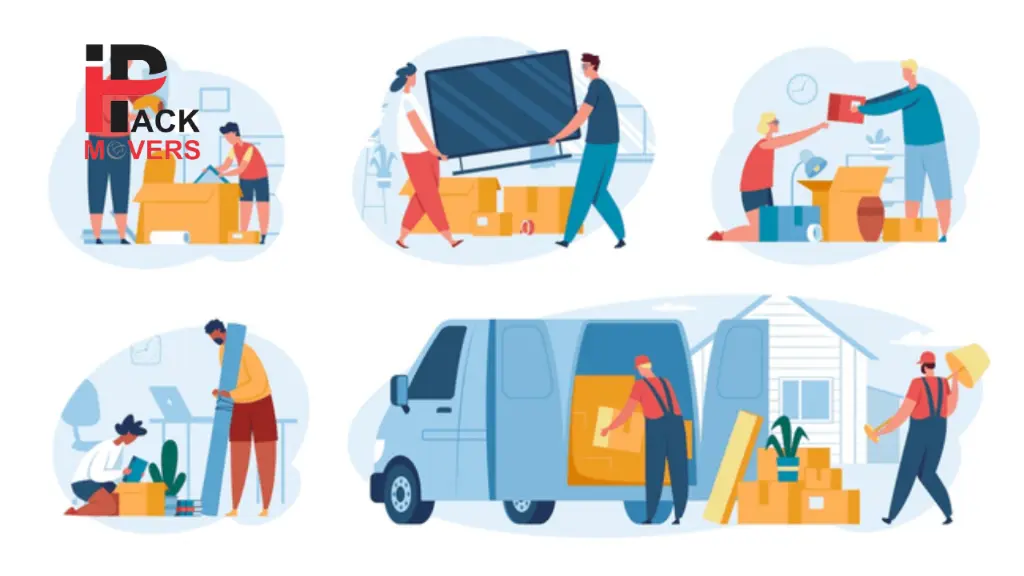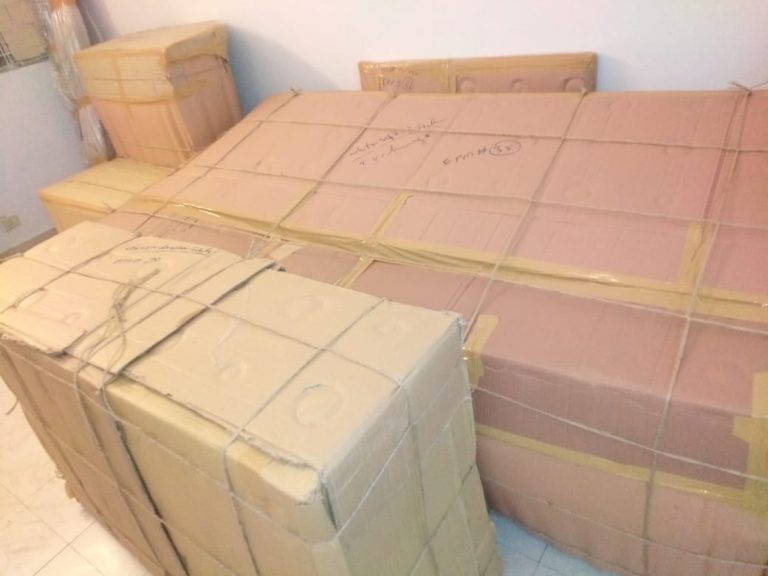Moving to a new home feels exciting, but it can also be stressful. Moving everything, sorting it out and packing can be difficult. Without a plan, it’s likely that you’ll feel both overwhelmed and exhausted. You don’t have to worry about moving stresses if you take the proper steps. You will learn step-by-step how to arrange your move through this guide.
Step 1: Make a Moving Plan Early
It’s best to start planning well in advance. When you leave things to the very end, things can fall apart. It helps to begin your preparations between 4 and 6 weeks prior to moving day. Write down everything you have to do. Examples of preparation are arranging a mover, collecting packing materials and sorting your belongings.
Utilize a regular notebook or a task manager app to make a list and mark them as you finish each item. This will keep you in order and calm.
Step 2: Choose a Moving Date
Schedule your holiday so that you can get your preparations done. It’s best to select a moving date that isn’t near the weekend or the end of the month. If it’s possible, plan to have a day or two off. This allows you to organize your time without the pressure increasing.
Also, check your new home’s availability. Make sure it’s ready before the moving date.
Step 3: Hire Professional Movers or DIY?
At this point, it’s up to you to decide if you’d like to hire professional packers and movers or take on the task yourself. If you’re moving a long distance or have heavy furniture, hiring movers is better. They possess the skills and helpers to protect your things as they move them.
If you’re working with a limited budget and moving just a short distance, you can count on friends or relatives for assistance. Using a rented truck or van could save you money over hiring a full service.
Always look at reviews before choosing movers. Find and compare quotes from at least three providers. Check what’s included in each plan before picking one.
Step 4: Declutter Before Packing
Now is a great time to lessen your material possessions. If you don’t need something, leave it out of your backpack. Open every room and decide if you want to save, donate, sell or toss its contents. Furniture you don’t use and old or broken electronics can be taken out.
If you remove clutter before the move, you’ll find packing to be less of a problem and your expenses will be lower. When you’re shipping fewer items, you’ll need less shipping materials and less time to transport them.
Step 5: Collect Packing Supplies
Remember to have boxes, tape, labels, markers and bubble wrap for your moving supplies. It’s a good idea to collect these from the beginning of your research. Many places will provide cardboard boxes at no cost. Check with the local grocery or appliance shops.
Some items such as glass, dishes and electronics, should be packed in more fragile box types. Don’t forget ziplock bags for screws and small items.
It’s useful to have scissors, a cutter and gloves easily accessible while you pack.
Step 6: Start Packing Room by Room
Pack your things in stages so you don’t become overwhelmed. You should start by putting aside items you don’t regularly use. First put away seasonal clothing, decoration pieces, books and extra sets of dishes.
Empty and pack the rooms one after another. Label each box with the room’s name and what’s inside. When you finish packing, things will be easier to sort out later.
Secure fragile things in towels and clothing before placing them in the racks. Line unused areas in boxes with paper or foam to stop the items from moving.
Step 7: Handle Important Documents Carefully
Place things such as your passport, papers related to your property, school documents and ID cards together. Don’t keep your plants in regular moving boxes.
All your documents should be kept in a different folder or bag. Carry this document during your move. You might need them any time and they are important enough that you shouldn’t lose them.
Step 8: Change Your Address
Before leaving, remember to change your address with the right people. Contact your bank, workplace, school and the organizations responsible for internet, gas and electricity. Be sure to go to the post office near you and set up a mail forwarding request.
Let your family and friends understand the difference in your gender. It means time is saved and important communication does not get missed.
Step 9: Plan Utilities at the New Home
Make sure that water, electricity, gas and internet are all working at your new place before you move. Should you not find them, your best option is to contact the right company and arrange installation.
It’s important to clean the new home before you move. If it becomes too much to handle, call a cleaning company. Moving into a spot that’s clear of dirt and clutter is always the best way.
Step 10: Prepare an Essentials Box
Pack a box with items you will need right away after moving. This may include:
- Toiletries
- Medications
- Charger and phone
- A few sets of clothes
- Important documents
- Basic kitchen items like a plate, glass, and spoon
- Snacks and water
This box will save you from opening every box when you’re tired on the first day.
Step 11: Moving Day Tips
Wake up and do one last inspection before you start moving on moving day. Put the correct label on every box and make sure they all stay sealed. Be sure to keep your most important things on your person or nearby.
Oversee the people handling your items so they do not break anything. Present any items that need care and let them know the special way to handle them. Take pictures of all your furniture and boxes before you begin loading them. It will help if items are damaged or are missing.
Before you go, look in every nook and cranny like rooms, cupboards and drawers. Don’t forget to turn off all electric, gas and water supplies. Close all your doors and windows.
Step 12: At the New Home
After you get there, move each box to the proper room where it belongs. You’ll find it easier to unpack when the boxes are well-sorted. You don’t have to deal with all your items right away.
Both the kitchen and the bedroom should be your first areas to focus on. Put up the bed and get your cooking tools ready first. There are other matters that can hold for now.
When you are unpacking, make sure everything looks undamaged. Contact the movers if there is damage, extra items or something is gone from your shipment.
Step 13: Get Used to Your New Life
Settling in takes a little time which may take a few days. Be patient. Tackle one section of your home at a time. Put in your internet, move around your furniture and do up the decoration slowly.
Spend time discovering the area where you live. Go to a grocery store, pharmacy and park nearby. Get to know the people living around you. You will settle into your new home more quickly.
Final Thoughts
Changing your home can be a big change. Organising a business trip isn’t quick and it takes some planning. If you organize your move carefully, you won’t feel as stressed and can have a good time.
Prepare your application around the new year, be organized and do not panic. Lock away your valuable things and ask if you need assistance. Above all, keep a positive outlook for everything to come. If you prepare your move properly, you’ll be happy when you start living in your new home.




